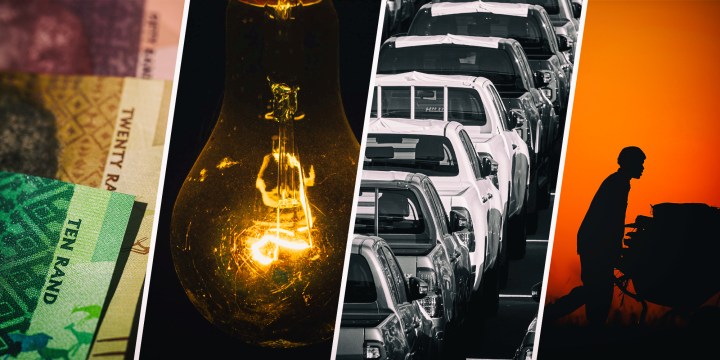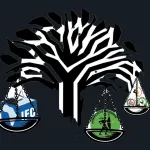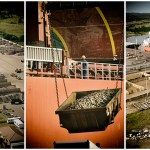ECONOMIC OUTLOOK
SA business confidence gets a boost from inbound tourism and imports

The SA Chamber of Commerce and Industry’s Business Confidence Index reveals signs of hope in an otherwise gloomy scenario.
South Africa might have been throttled by fiscal constraints, rolling blackouts, high fuel prices and social unrest, but business confidence is hanging on by the skin of its teeth, judging by the latest SA Chamber of Commerce and Industry Business Confidence Index for September 2022.
However, that resilience is being tested by a lack of infrastructure maintenance and the enforcement of law and order to protect the infrastructure, which is turning off investors.
Released on Wednesday, the index measured 110.9, suggesting business confidence has improved on the 2020 average (100 points) and is higher than the March 2020 level of 103.9 before the Covid-19 lockdown was imposed. It is also four points higher than the average for 2019, but still five points lower than the average reading for 2015 (115.6). Business confidence has dropped off from a high of more than 160 points in January 2007, when the first subprime lenders began to file for bankruptcy, in the run-up to the global financial crisis.
Eight of the 14 subindices monitored — energy supply, retail sales, construction, share prices, private sector borrowing, real financing costs, precious metal prices and the rand exchange rate — reflected a negative effect on the business climate between August and September 2022.
Higher real interest rates, lower share prices, and the real value of building plans passed had the most notable short-term (month-to-month) negative effect on the Business Confidence Index. Inbound tourism and merchandise import and export volumes boosted business confidence month to month, while year on year, inbound tourism and merchandise import volumes, in particular, boosted the Business Confidence Index, with increased retail sales and output activity of the manufacturing sector having a lesser year-on-year effect.
The recovery in inbound tourism had a positive effect on the current account, benefitting various auxiliary sectors, including entertainment and hospitality, which were knocked by the pandemic lockdowns.
Vehicle sales were stronger month on month and year on year. Last week, Naamsa | The Automotive Business Council released its new vehicle stats for September 2022, which noted that despite despondency about rolling blackouts and other weakening economic indicators, the new vehicle market reflected a healthy performance, although the pace of recovery had started to slow down.
Visit Daily Maverick’s home page for more news, analysis and investigations
Aggregate domestic new vehicle sales in September 2022, at 47,786 units, reflected an increase of 4,639 units, or 10.8%, from the 43,147 vehicles sold in September 2021. Naamsa noted a huge increase in export sales of 21,199 units, or 104.6%, to 41,474 units in September 2022 compared with the 20,275 vehicles exported in September 2021.
It said out of the total reported industry sales of 47,786 vehicles, an estimated 39,152 units, or 81.9%, represented dealer sales, 14.2% represented sales to the vehicle rental industry, 2.3% sales to the government and 1.6% to industry corporate fleets.
In a statement, Naamsa said that while the new vehicle market showed a resilient performance, its pace was slowing due to the sixth consecutive increase in interest rates since November 2021, and September 2022 being by far the worst month of rolling blackouts for the year.
“The higher stages of load shedding seem to have an amplified negative impact on production and the South African economy as a whole,” Naamsa said.
The Business Confidence Index report noted that the local and global economy was “facing a difficult period” in the aftermath of the pandemic and the effects of Russia’s war on Ukraine, which have driven up food and energy costs.
In SA, the economy is being hamstrung by an erratic energy supply, an unsustainable fiscal situation, crumbling infrastructure and high unemployment. The chamber said that fixed investment was not at a level necessary to inspire and drive economic growth, noting: “Proper maintenance of infrastructure and the enforcement of law and order to protect existing infrastructure have also become an issue for investors. This insecurity has created serious challenges for logistics and storage facilities.”
Add to that the anarchy playing out in local coalition governments, water shedding, yo-yoing power supply, wage strikes and disruption to Transnet’s rail and port services, and the picture is likely to get even gloomier in the coming months. DM/BM



















Comments - Please login in order to comment.